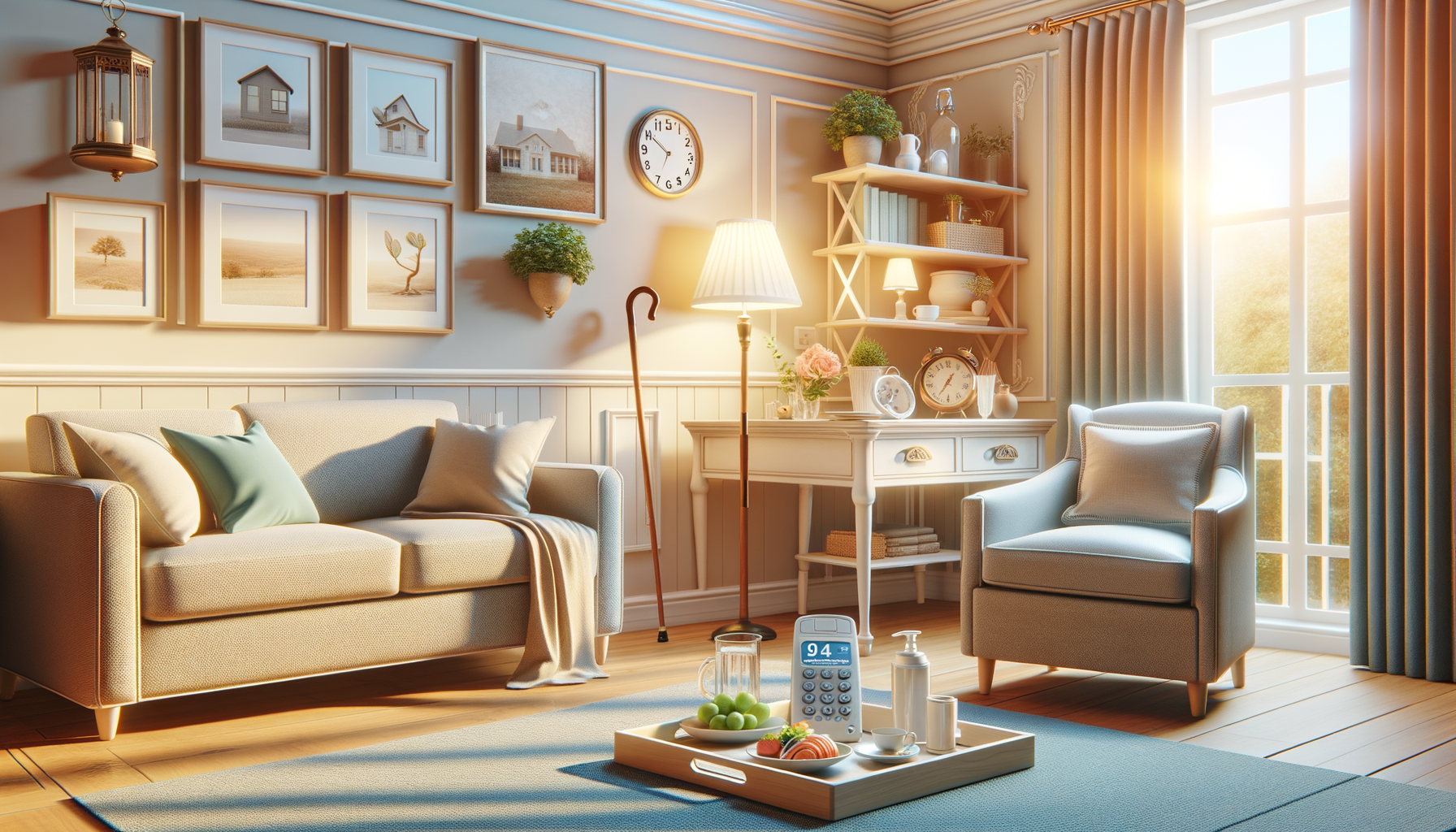Substituição de Janelas: Como Melhorar a Eficiência Energética da Sua Casa
Introduction to Window Replacement
Window replacement is a significant step towards enhancing the energy efficiency and comfort of your home. By replacing old windows with modern alternatives, you can effectively reduce heat loss and shield against unwanted noise. New windows can also elevate the aesthetic appeal of your home, giving it a fresh and modern look. It’s crucial to select high-quality windows to ensure a good cost-benefit ratio. This article delves into the various aspects of window replacement, offering insights into the benefits, types, and considerations involved in the process.
Benefits of Window Replacement
One of the primary benefits of window replacement is the improvement in energy efficiency. Modern windows are designed with advanced technologies that minimize heat transfer, helping to maintain a consistent indoor temperature. This not only reduces energy bills but also lessens the environmental impact of your household.
Additionally, replacing windows can significantly enhance the comfort of your living space. By reducing drafts and blocking external noise, new windows create a more serene and comfortable environment. They also offer improved security features, providing peace of mind for homeowners.
Another advantage is the aesthetic upgrade. New windows can transform the look of your home, increasing its curb appeal and potentially its market value. With a variety of styles and finishes available, you can choose windows that complement your home’s architecture and personal taste.
- Improved energy efficiency
- Enhanced comfort and noise reduction
- Increased security
- Boosted aesthetic appeal
Types of Replacement Windows
There are several types of replacement windows available, each offering unique features and benefits. Double-hung windows are a popular choice due to their versatility and ease of cleaning. They consist of two sashes that move vertically, allowing for improved ventilation.
Casement windows, which are hinged at the side and open outward, provide excellent ventilation and unobstructed views. They are particularly effective in areas where maximum airflow is desired.
Sliding windows, which open horizontally, are ideal for spaces where vertical window openings are impractical. They offer a sleek and modern look, making them a great option for contemporary homes.
- Double-hung windows
- Casement windows
- Sliding windows
Considerations for Window Replacement
When considering window replacement, it’s essential to evaluate several factors. Energy efficiency should be a top priority. Look for windows with a low U-factor, which indicates better insulation properties. Additionally, consider windows with a low Solar Heat Gain Coefficient (SHGC) to reduce heat gain from sunlight.
Another important consideration is the material of the window frame. Options include wood, vinyl, aluminum, and fiberglass, each with its own advantages and drawbacks. Wood frames offer a classic look but require regular maintenance, while vinyl frames are low-maintenance and cost-effective.
Lastly, consider the installation process. Proper installation is crucial for maximizing the benefits of new windows. It’s advisable to hire a professional installer to ensure the job is done correctly and efficiently.
- Energy efficiency (U-factor and SHGC)
- Material choice (wood, vinyl, aluminum, fiberglass)
- Professional installation
Conclusion: Making an Informed Decision
Window replacement is a valuable investment in your home’s energy efficiency, comfort, and aesthetic appeal. By understanding the benefits, types, and considerations involved, you can make an informed decision that suits your needs and budget. Remember to prioritize quality and professional installation to ensure the longevity and performance of your new windows. With the right choices, you can enjoy a more comfortable and energy-efficient home for years to come.


